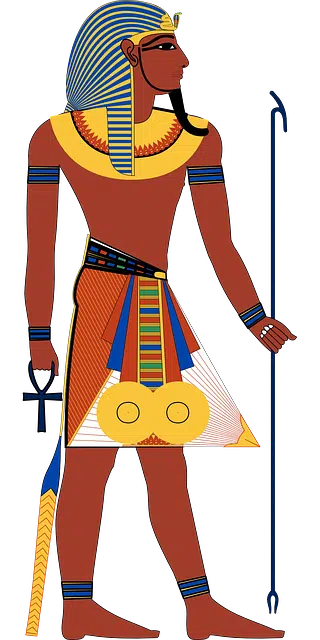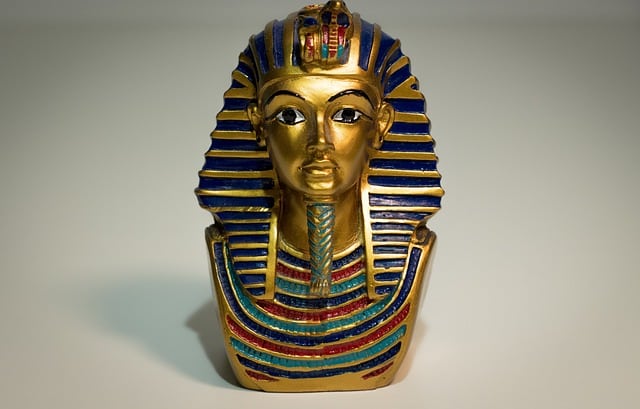
A pharaoh was a king of Ancient Egypt.
The term pharaoh took an etymological journey that began in the Egyptian language and, after passing through Hebrew and Greek, reached late Latin before arriving in our language . The original meaning referred to the "big house" , a concept that allowed it to designate the royal residence and, by extension, the monarch.
The kings of Ancient Egypt in the era prior to the conquest of this nation by the Persians are known as pharaohs. The pharaohs were linked to the god Horus and, throughout history, they also came to be considered descendants of the god Ra .
Although the pharaohs were placed on a higher plane than the rest of the people, it was only after their death that they were endowed with divinity and they began to be venerated in the temples as new gods .
The history of the pharaohs
Around 300 BC , during the Ptolemaic dynasty, the priest Manetho was commissioned to write Egyptian history. This religious man was the one who compiled the names of the pharaohs and ordered them into dynasties. For Manetho , the first Egyptian pharaoh and founder of the First Dynasty was Narmer , also known as Menes . The last pharaoh of the Ptolemaic dynasty, meanwhile, was a woman: Cleopatra VII , who reigned until 30 BC . In between, famous pharaohs such as Khufu , Khafre , Tutankhamun and Ramses II ruled.
The pharaohs held various symbols of power . The crown, the scepter, the throne and the false beard are some of them. Each pharaoh lived alongside the Great Royal Wife , whose position was similar to that of a queen.

When he died, the pharaoh was endowed with divinity.
The female role
As mentioned in a previous paragraph, not all pharaohs were men. In fact, scholars have determined several reigns led by women, in addition to the case of Cleopatra VII. Given the characteristics of our language and the decisions usually made by those who shape it, we do not speak of pharaoh but of queen-pharaoh to designate these outstanding figures who came to power in Ancient Egypt .
In the three millennia that Ancient Egypt lasted, tradition leaned in favor of men to occupy the position of pharaoh, while women were destined to take care of their husband and their country, as a protector. Although the queens were under the shadow of their husbands, they enjoyed a lot of power and were indispensable figures in the system : no man could become pharaoh without first marrying a royal woman.
The figure of the queen-pharaoh (whose plural is queens-pharaoh ) appeared to resolve situations such as the lack of a male successor upon the death of the king, or the fact that the descendant did not have a clear origin that guaranteed his legitimacy. within the royal lineage. Another reason why the pharaoh's widow could assume the mandate was the difficulty in finding candidates of royal blood to marry the heir.
Of course, the queen's own ambition played a fundamental role in her ascension to the throne : the machismo that characterizes us as a species has never managed to completely appease women, and it is thanks to those who refused to live under the shadow of men. that there is still hope of achieving an egalitarian reality.
Other pharaoh-queens
Some of the known pharaoh-queens were Neferusobek (the last power figure of the 12th dynasty, who ruled from 1777 to 1773 BC) and Hatshepsut (about whom there is the greatest volume of information, He remained in power from 1479 to 1457 BC).
Tausert is also mentioned: according to classical scholars, the last queen -pharaoh, who reigned from 1188 to 1186 BC. C..
